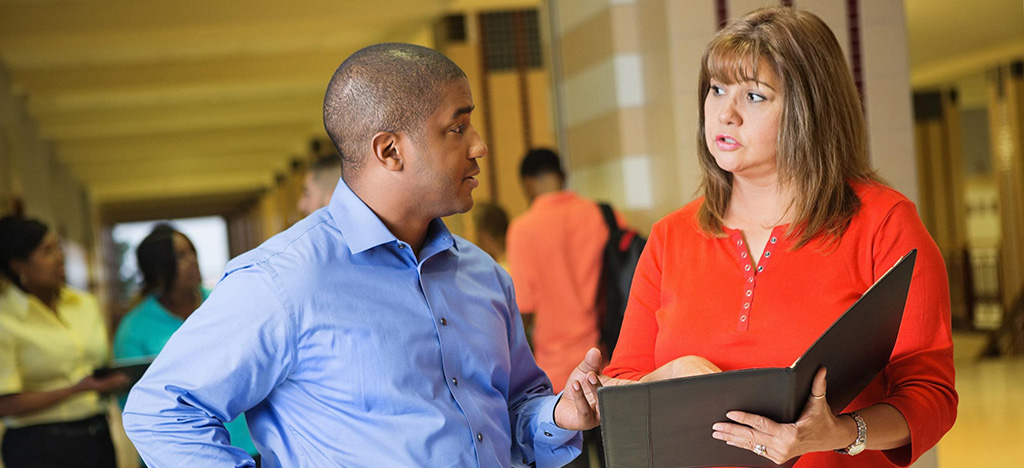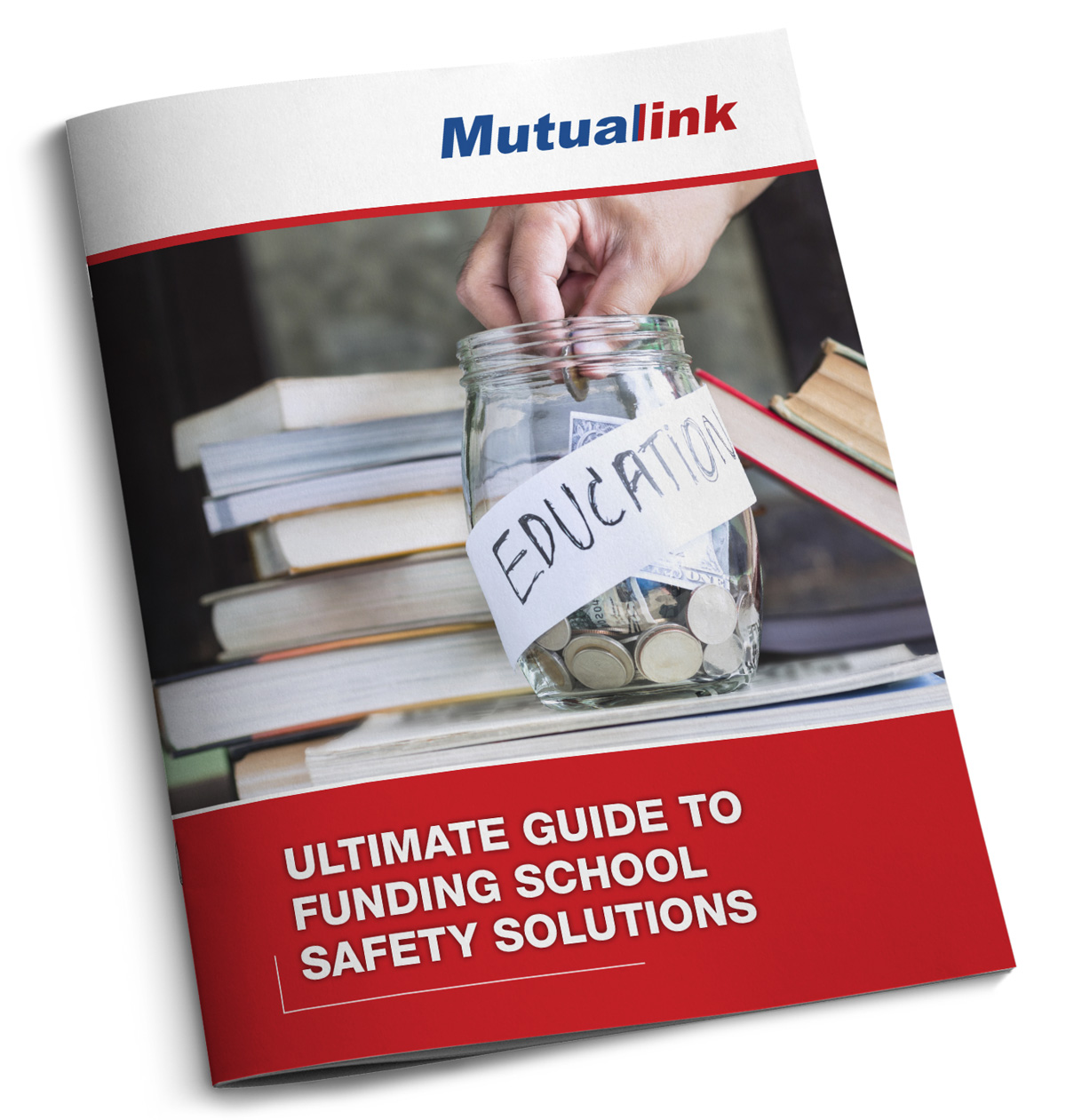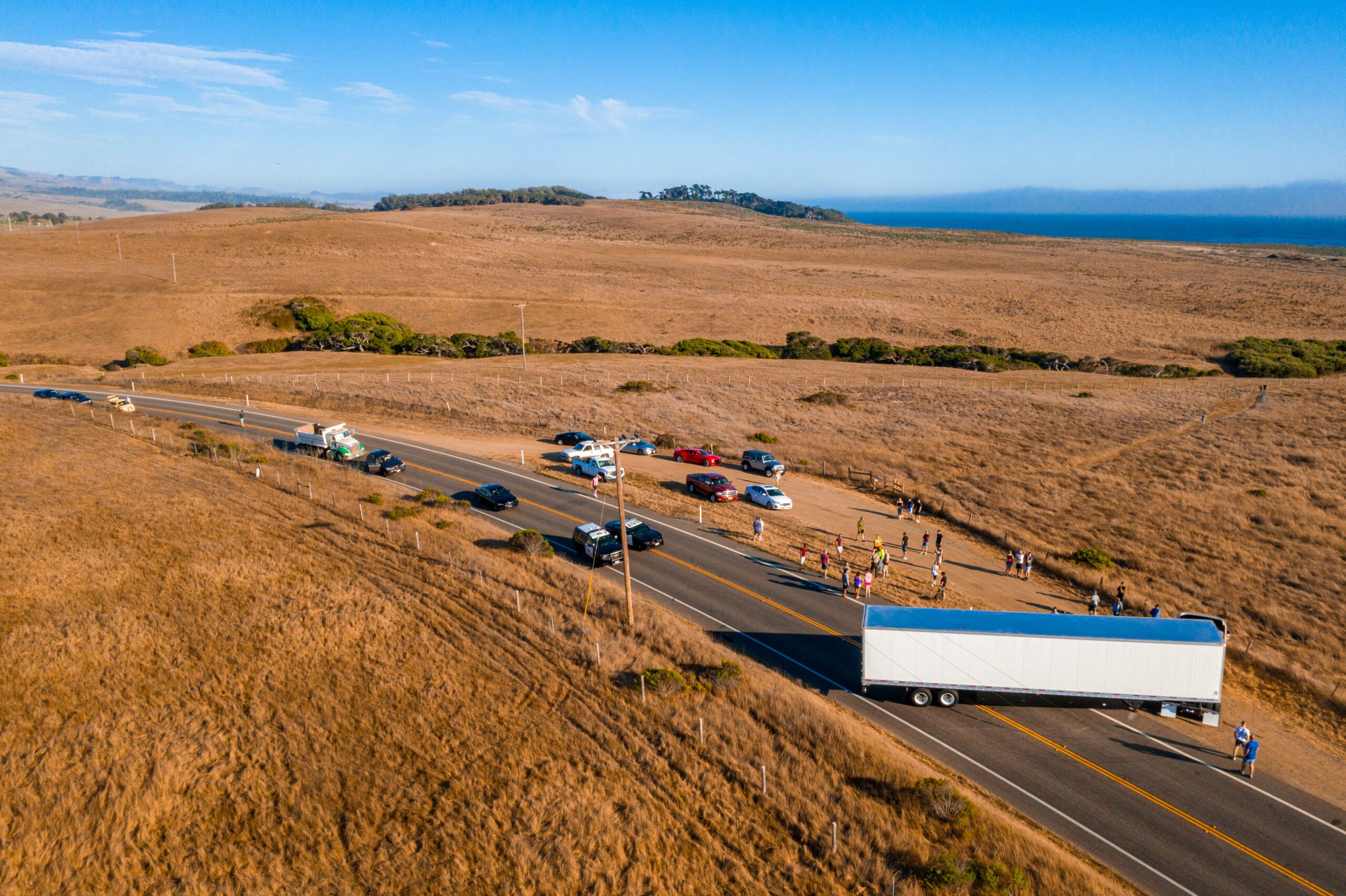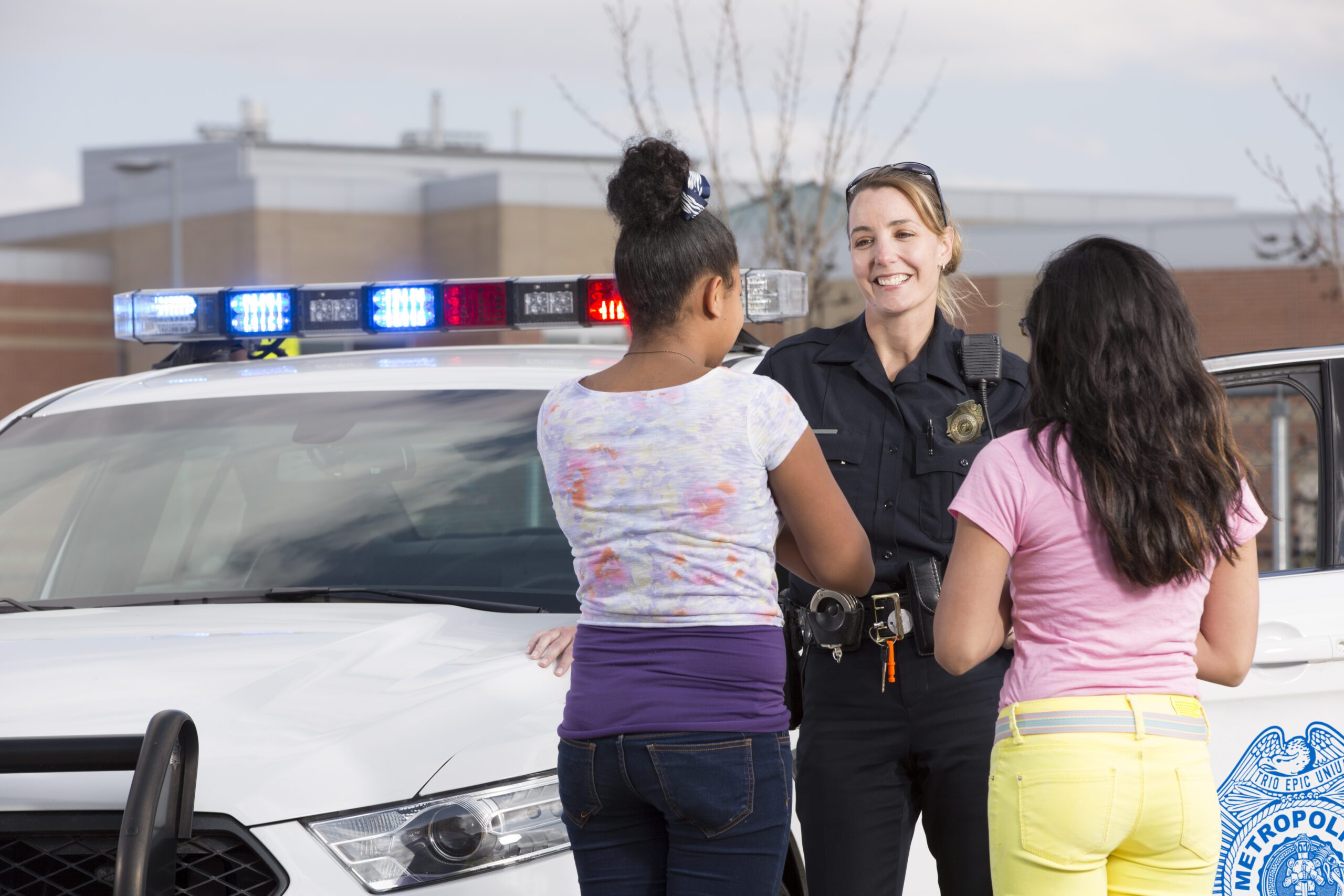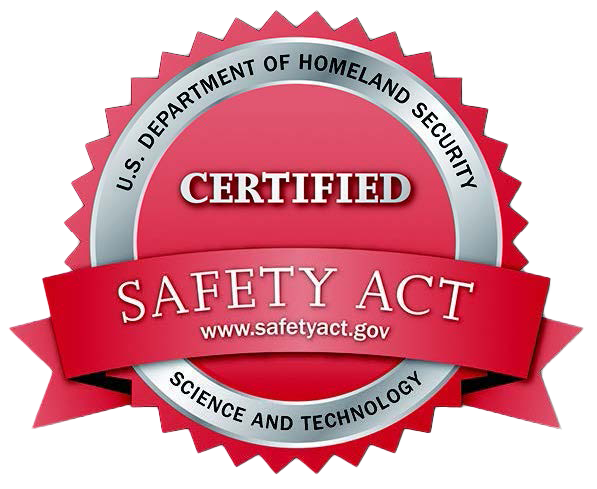When implementing a disaster communications plan, it’s important to work with trusted providers. Learn more about why Safety Act certification is important to protecting the public and making communities more resilient.
By: Doug Bradberry, K-12 Custom Client Solutions
Preparing a disaster communications plan for school security requires several steps. First, training and preparation are important. For example, active shooter drills help school personnel role play and understand what works in these situations.
Next, schools should assess security equipment such as surveillance cameras and radio systems. Make sure these solutions are positioned so that when an event occurs, they give the best context and communication to first responders.
Subsequently, it is imperative to decide who and what those camera and radio systems need to connect to. Determining the right kind of communication gateway is critical because every second will count during an emergency. Most active shooting incidents are over within 10 to 15 minutes, according to the U.S. Department of Homeland Security (DHS).
That’s why immediate collaboration and communication are critical for disaster communications and school safety. Technology systems can connect community responders with school officials to prevent and mitigate school violence.
How to Prepare – Communication Technology Requirements
Here are two ways to ensure that a school’s disaster communications are ready for the next emergency.
Faster 911 Notification
The average police response time nationally is between 4-7 minutes — the countdown to response can’t start until the 911 process is initiated. There are faster ways to contact 911 than the traditional phone call.
A prime example is a panic button. There are two types of panic alarm buttons. One is a “hard” button that can be in a fixed location or placed in a pendant or keychain. The other is a “soft” button, which is typically a smartphone app.
Many institutions implement both, and because both soft and hard buttons do the same thing it makes sense to integrate them into a single platform. Whether soft or hard, the panic alarm button sets in motion the emergency response.
Automated and Interoperable Response
Emergencies are unpredictable; the “who, what, when, and where” are unknowns until the incident unfolds. Emergency environments are not static events – new threats and effects can rapidly appear. This is why disaster communications plans that support collaboration need to be in place with other first responders before emergencies occur.
School officials and public safety agencies need to meet the expectations of parents and citizens who live in a “real-time” world. These constituents have voice, data, and video constantly available and at their fingertips, and expect first responders to have the same in an emergency. This real-time information is obtained when video, voice, text, and data communications interoperate.
Equipment and tools that allow for bridging all these information sources for public safety and achieving True Interoperability® have been a focus ever since the tragic events of September 11, when cross-agency communication was impossible since each operated on their own radio frequencies.
A radio interoperability system, which links land mobile radio (LMR) systems via standard-based protocols, allows a user on one public safety network to communicate with someone on a different LMR network. But to make disaster communications “real-time” interoperability must go further.
It’s critical for agencies to connect radio and smartphones with LMR to LTE interoperability. This powers Mission Critical Push-to-Talk (MC-PTT) applications and delivers not just voice but files, imagery, and video to the first responder. With the right technology, responders can be talking to personnel inside the school, sharing video, floor plans, and the location of the intruder(s) – all before arriving at the scene.
This coordinated, integrated approach makes for stronger and more effective disaster communications when responding to emergencies.
Learn more about Mutualink’s trusted and certified disaster communications solution here.
Ultimate Guide to Funding School Safety Solutions
Learn more about grants, funding sources and how Mutualink can help.
Safety Act Certified – Trusted by Public Safety
As part of the Homeland Security Act of 2002, Public Law 107-296, Congress enacted the Support Anti-Terrorism by Fostering Effective Technologies Act (SAFETY Act) of 2002. Mutualink is the only multimedia interoperable communications product that is Safety Act certified by the Department of Homeland Security and is on DHS’s approved products list.
To receive SAFETY Act Certification, DHS must conclude that the technology will perform as intended, conforms to the seller’s specifications, and is safe for use as intended. Mutualink works with many government agencies to improve communications and safety with innovative collaboration technology.
FERPA Compliant – Trusted by Schools
Mutualink technology is also FERPA compliant. A FERPA-compliant solution for video access requires implementing a system that allows for instant sharing when an emergency necessitates but otherwise blocks police access to school video. Mutualink’s patented emergency incident-based, secure video sharing solution uniquely satisfies this requirement.
Compliance is achieved through Mutualink’s peer-based invitation and acceptance-based interoperability platform. The platform enables on-demand, secure sharing of video and bridging of communications between entities, such as a school and public safety agency, only when a party, such as a school, voluntarily starts an incident and sends an invitation to the other party to join an incident session. Incident invitations to an outside agency may be manually
initiated or auto-initiated (such as when a panic button is pushed) by a school in an emergency.
Invitations are dynamically-generated encrypted incident keys sent within an encrypted connection that enable an invited party to join an incident session. The invitation keys last only as long as the incident session lasts. Once a session is completed, no residual IP address, system login or access credentials, or other means of accessing the video system remains. If no invitation is sent, no outside agency can access a school system’s video platform.
Trusted by Government
Mutualink also manages FEMA’s Interoperable Gateway System (IGS), which is part of the U.S. Government’s National Continuity Program (NCP). IGS is deployed throughout the 10 FEMA Regions and Caribbean Islands, with expansion planned throughout the Pacific Islands. The primary mission of the IGS is to provide resilient (“black sky”) communications as part of the
COG/COOP (Continuity of Gov’t/Continuity of Operations) programs.
In partnership with Stafford County and Virginia’s Center for Innovative Technology (CIT), Mutualink successfully deployed and is powering the state’s first Smart City deployment, the Virginia Smart Community Testbed. Mutualink’s secure, intelligent network is the digital backbone for Smart Cities connecting community partners, smart infrastructure, and sustainable IoT technologies in real-time so community leaders can work together to improve livability and resilience.
LNK360™ – Delivering Interoperability That Helps Protect Communities
Mutualink’s LNK360TM is the leading interoperability solution for smart communities, public safety agencies, schools, private enterprise security, hospitals, and critical infrastructure. Our technology and quality of service enable first responders to go beyond basic radio interoperability systems and to customize and configure advanced interconnectivity solutions that provide rich, real-time data during emergencies.
Available as a software download, LNK360TM is not a “rip and replace” solution. It uses a school’s current communication assets and can be scaled to incorporate new devices as needed. Schools can connect to the network via any kind of broadband network. LNK360™ is more powerful and easier to implement than any other system on the market.
The Most Experienced Partner
The marketplace for public safety technology has become more crowded in recent years. An increased threat environment and the availability of government funding attracted a number of startup companies promising to support schools and public safety. Many of them lack experience working in the public safety market and don’t understand the unique requirements of first responders.
When putting together a disaster communications plan it’s vital to have an experienced and trusted partner. With over 3,000 deployments connecting over 10,000 public safety entities, Mutualink technology has been proven many times over to protect citizens and connect communities. The two largest public safety networks in the country, FirstNet and Verizon Frontline, both depend on Mutualink to ensure the interoperability of their solutions.
Mutualink is trusted by hundreds of schools and police forces nationwide. Let us put our certified technology and years of experience to work for your community. For more information, visit our website and request a free demonstration.
